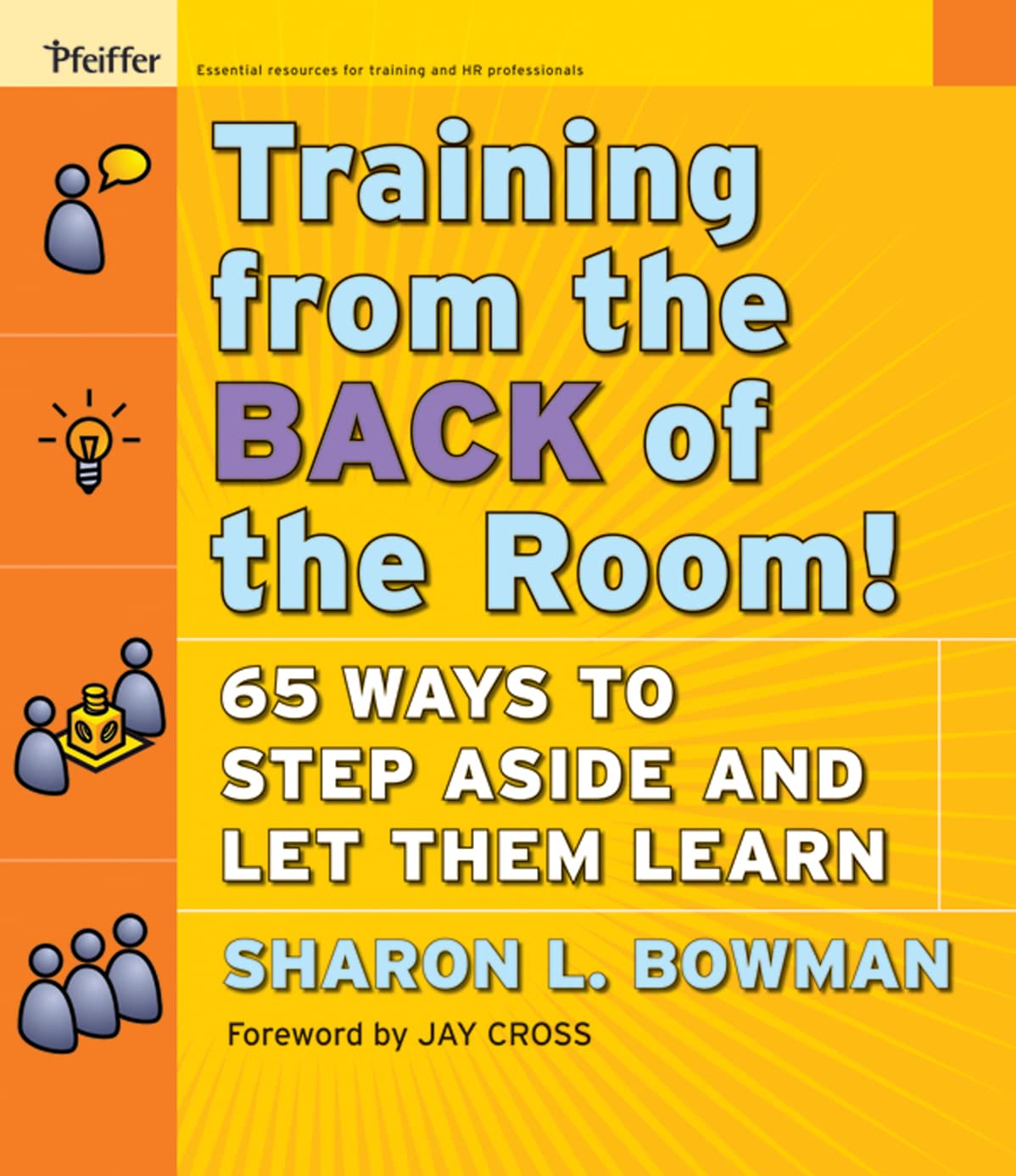About this deal
Pindel: Kanban is way more than a board. A lot of people are hung up on the first Kanban Principle, which is to “visualize work” and have a feeling that any board is a kanban board. High-energy style of delivery that keeps you engaged and on the edge of your seat…a valuable investment of my time.” Susan Reynolds, Manager,Training and Development, CUNA Mutual Group, WI
implicit or explicit policies, for example:commitment and delivery points, demand shaping policies, Definition of Ready Done, Acceptance Criteria,WiP limits, Classes of Service, and whatever makes sense to the teamInevitably, the more confident people in the session jumped up to announce themselves to the room. As it got to the less confident people I noticed something odd. More and more nervousness crept in. In one case, the nervousness was so palpable, the attendee couldn’t get away from the poster fast enough. They had totally shut down and there was nothing I could do about it. Designing and Presenting Meetings– How to design and present meetings with a clear purpose and various group activities to achieve desired outcomes. Become a member of an ongoing “mastermind” group of trainers who have as their community commonality brain science, the 4Cs map and a passion for learning excellence. Conclusions are a short step, learner-focused with closing activities in which learners perform the following regarding what they have learned: When trainers design their courses around these 4 steps, the result is a more brain friendly and memorable learning experience. The 6 Trumps
Use the 4Cs Map – a powerful 4-step instructional design and delivery model – to design any class or training you facilitate. You spend 2 days moving around the training space talking to your fellow learners, drawing out your ideas, using metaphor, having moments of reflection to write down short pieces of lecture content in an everchanging training space that is colourful and engaging.
Table of contents
Each team has a different context, needs and personal preference, therefore as facilitators of a system design workshop, you should all keep your eyes open and look for solutions and ideas that fulfill their needs. Sometimes you have to look “beyond” kanban categories or find a compromise and roll out a Proto-Kanban implementation instead. I found this especially useful in retrospectives. Now I ease people into the space, warming them up with an activity that is comfortable and build up to the more challenging activities. I have found by taking the time for this and using this lens to design my retros has led to much better outcomes. Tip 3: Start with the outcome in mind InfoQ: How can we use insights from how the brain works and how people learn to coach people in their daily work? Awesome! New ideas on how to teach and how to learn so that people remember and are focused on learning all the way – all of this is great!” Anita Kasari, Senior Software Engineer, Nixu Company
The 4Cs Map is a simple way to make sure you include all four brain-based steps in every lesson, class, or training you create. I call it a “map” because maps help us get to where we want to go. They show us where we began, where we are, and where we’ll end up. “Using a map” is a great metaphor for this 4-step instructional design and delivery model. C4: Conclusions:During the learning journey, your brain is in charge all the time. It looks for scenarios in which newly acquired knowledge may be useful for you. New information gets blended with the old. To support this step and enable your brain to fully build new, cognitive, emotional and physical connections, please never skip the Conclusions step.In this 2-day in-person TBR Practitioner Class, you’ll explore how the human brain really learns, which is very different from traditional assumptions about learning. And you’ll be introduced to “cognitive neuroscience” concepts – the brain science behind all effective instructional design and human learning. Design retrospective techniques– Acquire the knowledge and understanding to use and design retrospectives techniques depending on a team’s context, enabling learners to build trust and work through common pitfalls. Jenny Tarwater, agile coach, spoke about brain-based training at the Agile Games conference 2018. InfoQ is covering this event with Q&As and articles. During this step, learners actively practice the new skills or they participate in an active review of the new knowledge they have learned.
 Great Deal
Great Deal 